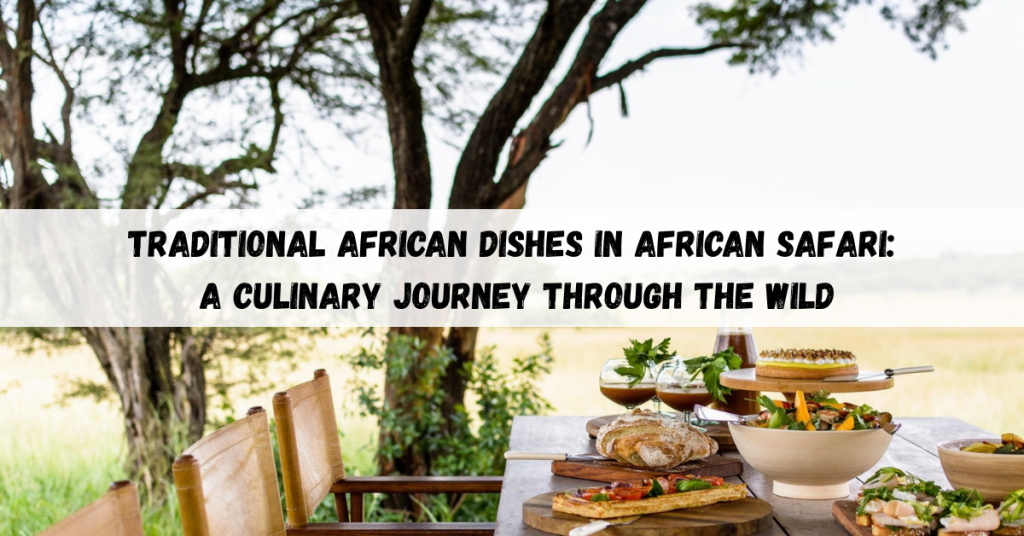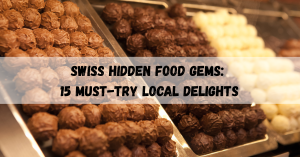An African safari isn’t just about spectacular wildlife and breathtaking landscapes, it’s also a culinary journey through rich traditions and unique flavors. From open-fire grilled game meats to fine dining under the stars, food plays a huge role in the safari experience.
Whether you’re tasting traditional African dishes in African Safari, exploring secret local eateries, or indulging in luxury gourmet dining, the flavors of Africa make every meal an adventure.
The Unique Flavors of African Safari Cuisine
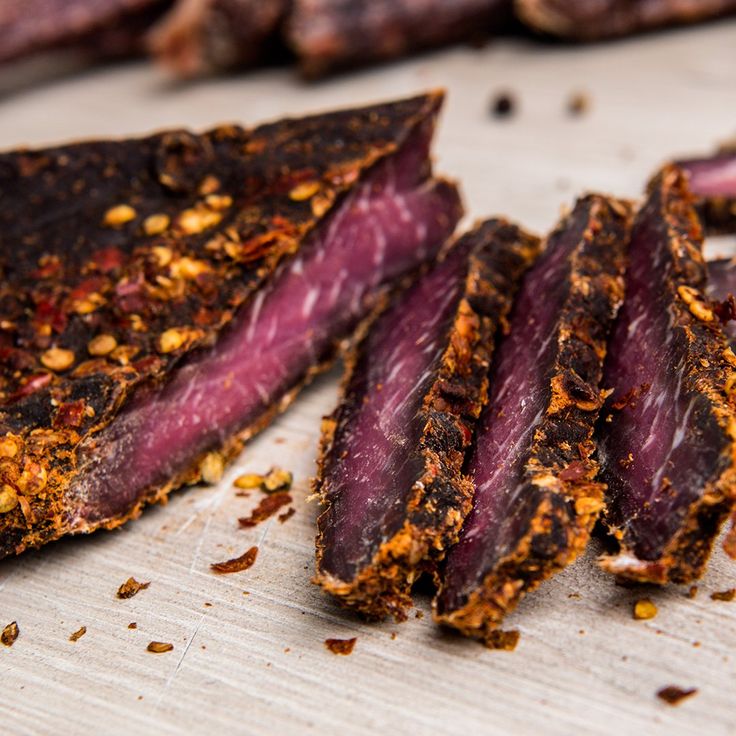
| Region | Signature Flavors & Ingredients |
|---|---|
| East Africa (Kenya, Tanzania, Uganda) | Spiced stews, grilled meats, coconut-infused dishes, and chapati bread |
| Southern Africa (South Africa, Botswana, Namibia) | Game meats, maize-based dishes, biltong (dried cured meat), and traditional braais (barbecues) |
| West Africa (Ghana, Nigeria, Senegal) | Peanut stews, jollof rice, grilled fish, and plantain-based side dishes |
Each region offers distinct flavors, often combining fresh, organic ingredients with bold spices. Expect dishes that are slow-cooked, grilled over open flames, or prepared using ancient traditional techniques.
Must-Try Local Dishes in an African Safari
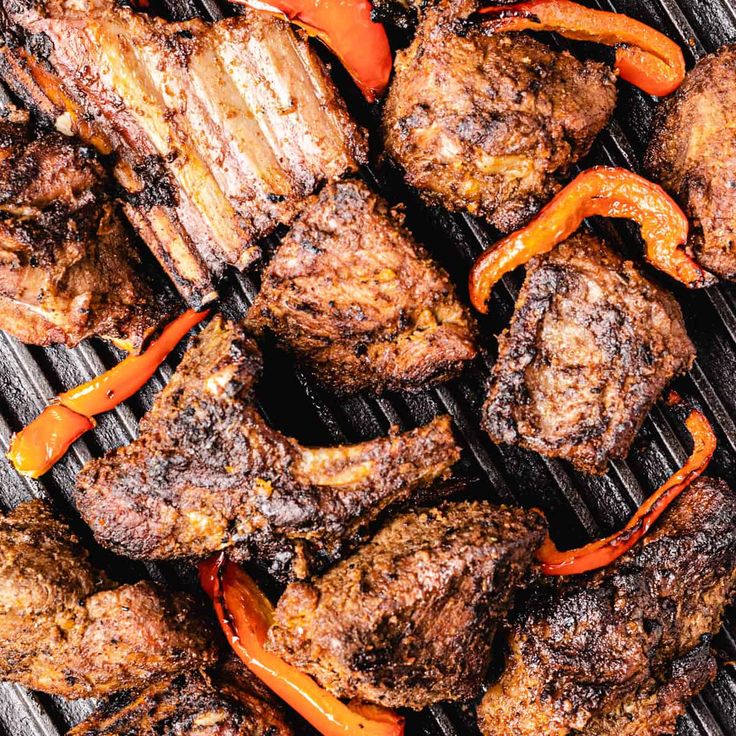
- Nyama Choma (Kenya, Tanzania): Charcoal-grilled beef or goat, often paired with Ugali (maize porridge) and a side of fresh vegetables.
- Bobotie (South Africa): A spiced minced meat dish baked with a creamy egg topping, served with yellow rice and chutney.
- Seswaa (Botswana): A flavorful dish made from slow-cooked beef or goat, shredded and served with pap (maize porridge).
Bush Dining: A Unique Experience
One of the most magical experiences on an African safari is bush dining, eating gourmet meals surrounded by wildlife and nature. Imagine a candlelit table under the acacia trees, with the distant roar of a lion in the background.
Luxury lodges organize surprise bush dinners, where chefs prepare five-star meals over open flames, often accompanied by Maasai or Samburu dance performances. This is where culinary excellence meets adventure, offering guests an unforgettable way to connect with Africa’s natural beauty.
Traditional Cooking Methods in the Safari
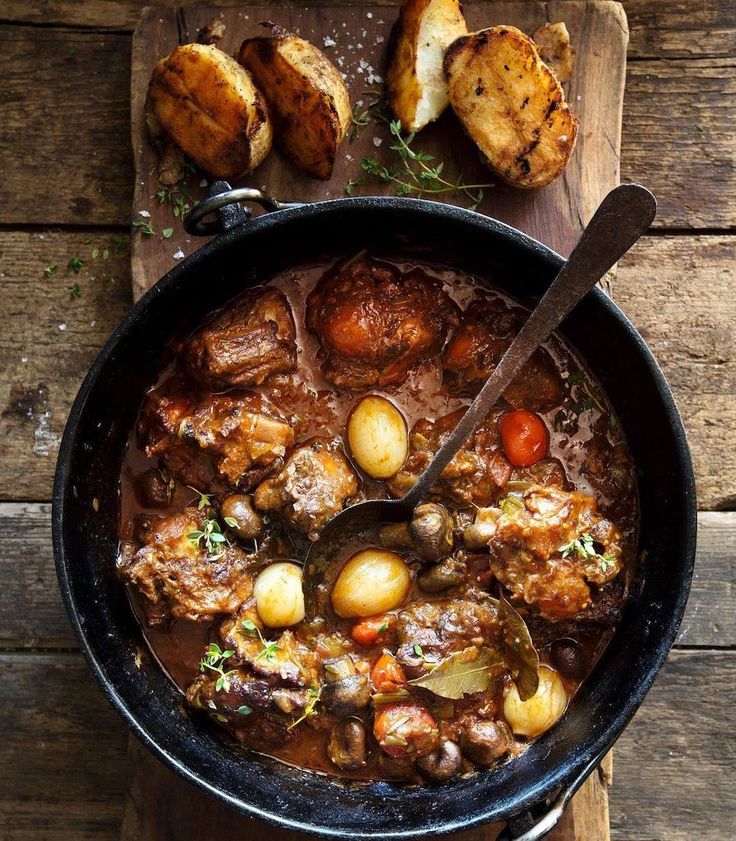
| Cooking Technique | Description |
|---|---|
| Underground Pit Cooking | Meat and vegetables are wrapped in banana leaves and slow-cooked underground for hours, infusing deep flavors. |
| Open-Fire Grilling | Game meats like kudu, ostrich, and warthog are grilled over wood flames for a smoky, rich taste. |
| Potjie Pot Cooking | A South African method where stews and curries are slow-cooked in cast-iron pots over a fire. |
These centuries-old techniques create dishes bursting with flavor, giving safari meals a truly authentic touch.
Exotic Ingredients Used in Safari Cuisine
In Africa’s wild landscapes, food is often sourced from local plants, animals, and herbs, giving safari cuisine a unique identity.
Some of the most exotic ingredients include:
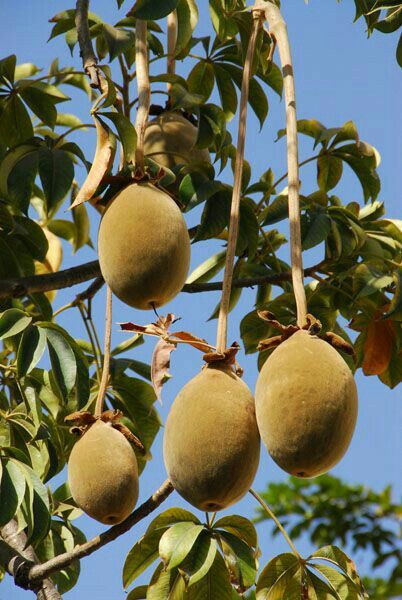
- Baobab Fruit: A tangy, vitamin-rich fruit used in drinks and desserts.
- Wild Honey: Harvested by local tribes, offering a deep, rich sweetness to dishes.
- Mopane Worms: A high-protein delicacy, often fried or added to stews.
These indigenous ingredients bring an unparalleled richness to African gastronomy.
The Magic of Sundowner Drinks in the Bush
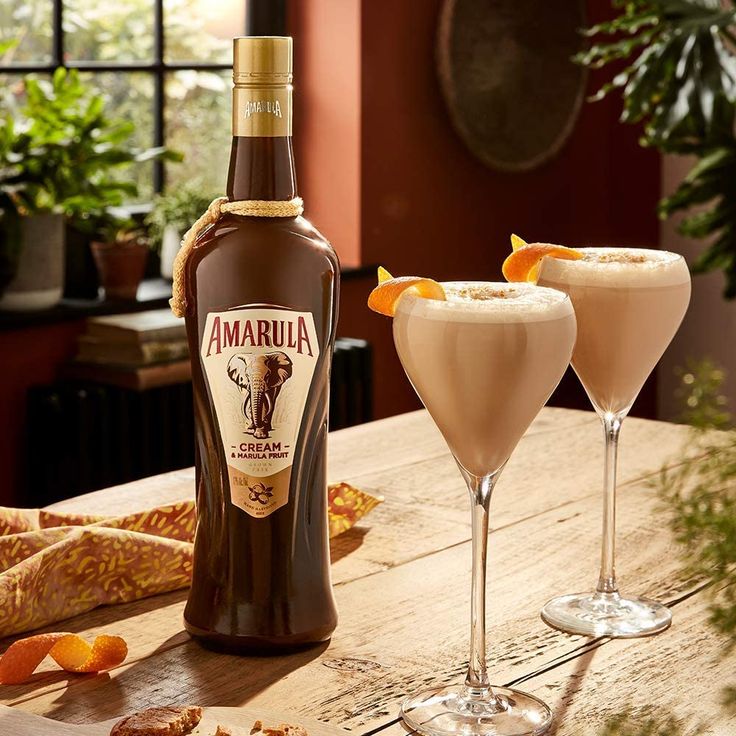
- Dawa Cocktail (Kenya): A refreshing mix of vodka, honey, and lime, perfect for watching the sunset.
- Amarula Cream Liqueur (South Africa): A sweet, creamy drink made from marula fruit, often enjoyed over ice.
Sipping a sundowner drink while watching the African sun dip below the savanna is a must-do safari experience.
Hidden Food Gems: Secret Safari Restaurants and Eateries
Many travelers don’t realize that some of the best safari meals are found in small, family-run eateries or hidden culinary gems.
| Hidden Food Spot | Location | Must-Try Dish |
|---|---|---|
| Mama Oliech’s | Nairobi, Kenya | Grilled tilapia with sukuma wiki (collard greens) |
| Bush Bistro | Maun, Botswana | Slow-cooked seswaa beef |
| The Rock Restaurant | Zanzibar, Tanzania | Fresh seafood curry served on a rock island |
For those seeking authentic African flavors, these lesser-known spots provide an unforgettable dining experience.
Farm-to-Table Safari Dining: Fresh and Organic Cuisine
In recent years, eco-conscious tourism has transformed the safari dining experience, with many lodges and camps adopting farm-to-table dining concepts. This means that fresh, organic ingredients are sourced from local farms, community gardens, and nearby villages, ensuring sustainable and authentic cuisine.
Some luxury safari lodges in Kenya, Tanzania, and South Africa have their own organic farms, growing a variety of vegetables, herbs, and fruits. Guests can enjoy freshly picked produce, free-range meats, and wild-harvested honey, making every meal a nutritious and environmentally friendly experience.
Many lodges now offer seasonal menus, designed around locally available ingredients, reducing their carbon footprint while supporting local communities. Travelers can even participate in farm tours, learning how indigenous crops like cassava, amaranth, and baobab fruit are grown and used in traditional dishes.
Breakfast with a View: Sunrise Dining in the Wild
Imagine waking up to the gentle sounds of the African bush, with a golden sunrise painting the sky. Many safari lodges offer breakfast-in-the-bush experiences, allowing guests to enjoy a luxurious breakfast in the middle of nature—often set up under acacia trees or along riverbanks, where wildlife roams freely nearby.
A typical safari breakfast might include:
- Freshly brewed Kenyan or Ethiopian coffee, served alongside exotic tropical fruits like papaya, mango, and passion fruit.
- Traditional African porridge, such as Uji (fermented millet porridge) in East Africa or Mieliepap (maize porridge) in Southern Africa, often served with honey and nuts.
- Freshly baked bread and pastries, including mandazi (Swahili doughnuts) or boerebrood (South African farm bread).
For a more exclusive experience, some lodges offer hot air balloon safaris with breakfast, where travelers can enjoy a champagne brunch while floating over the Serengeti or Masai Mara, spotting wildlife from above.
Traditional African Desserts to Try on Safari
African cuisine is often recognized for its savory dishes, but the continent also boasts a rich selection of desserts, made with local ingredients like coconut, dates, millet, and honey. While on safari, don’t miss the chance to indulge in these sweet treats:
- Malva Pudding (South Africa): A warm, spongy cake soaked in apricot jam and cream sauce, often served with custard or ice cream. It’s a favorite dessert in many luxury safari lodges.
- Mandazi (East Africa): These fluffy, lightly sweetened doughnuts are made with coconut milk and cardamom, often enjoyed with tea or coffee for breakfast or as an afternoon snack.
- Sesame Brittle (North Africa): A crunchy and nutty dessert, made from toasted sesame seeds, honey, and spices. It’s commonly served in Moroccan and Tunisian cuisines.
- Amarula Chocolate Mousse (South Africa): A creamy chocolate mousse infused with Amarula liqueur, giving it a distinct caramel flavor.
- Milk Tart (Melktert) (South Africa): A custard-filled pastry with a cinnamon topping, similar to a Portuguese pastel de nata.
Many safari lodges serve homemade desserts after dinner, pairing them with locally brewed teas, coffees, or South African dessert wines.
The Role of Indigenous Spices in Safari Cuisine
African cuisine is known for its bold, aromatic flavors, thanks to the use of indigenous spices that have been passed down for generations. These spices are not only used to enhance the taste of dishes but also hold cultural and medicinal significance.
Here are some essential spices and seasonings found in African safari cuisine:
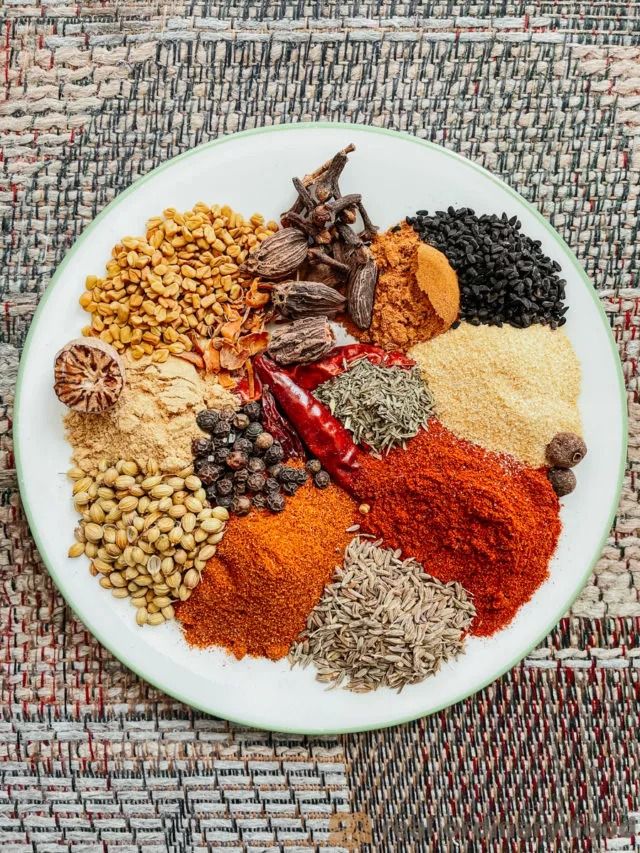
- Berbere (Ethiopia & East Africa): A fiery spice blend made from chili peppers, garlic, ginger, and cardamom. It is commonly used in Ethiopian stews (Doro Wat) and grilled meats.
- Rooibos (South Africa): While mostly known as a herbal tea, rooibos leaves are also used as a flavoring in marinades, sauces, and desserts.
- Cumin & Coriander (North & East Africa): These earthy spices are essential in seasoning grilled meats, tagines, and lentil soups.
- Cloves & Cinnamon (Tanzania & Zanzibar): Used in Swahili cuisine, these spices add sweet, warm flavors to rice dishes, teas, and desserts.
- Smoked Paprika & Peri-Peri (Southern Africa): Found in Portuguese-African fusion dishes, peri-peri adds a spicy kick to grilled chicken and seafood.
Whether you’re sampling a slow-cooked stew in Kenya, a grilled game steak in Botswana, or a fragrant tagine in Morocco, these spices bring depth and richness to every dish.
An African safari is more than just wildlife, it’s a culinary adventure filled with bold flavors, exotic ingredients, and unforgettable dining experiences. Whether you’re enjoying bush dining under the stars, tasting street food near national parks, or sipping Amarula at sunset, every meal tells a story of culture, tradition, and adventure.
So, when planning your next safari, don’t just chase the Big Five chase the flavors, too!
Frequently Asked Questions (FAQs)
What is the most popular dish to try on an African safari?
Nyama Choma, a grilled meat dish popular in East Africa, is a must-try.
Are there vegetarian options available on safaris?
Yes! Many lodges offer vegetarian meals like vegetable curries, lentil stews, and fresh salads.
What are some traditional drinks to try?
Try Dawa Cocktail (Kenya) and Amarula Cream Liqueur (South Africa).
Is street food safe to eat near safari parks?
Yes, if you eat from busy vendors serving freshly cooked food.
Can tourists take cooking classes on safari?
Absolutely! Many lodges and cultural tours offer cooking lessons with local chefs and tribes.
